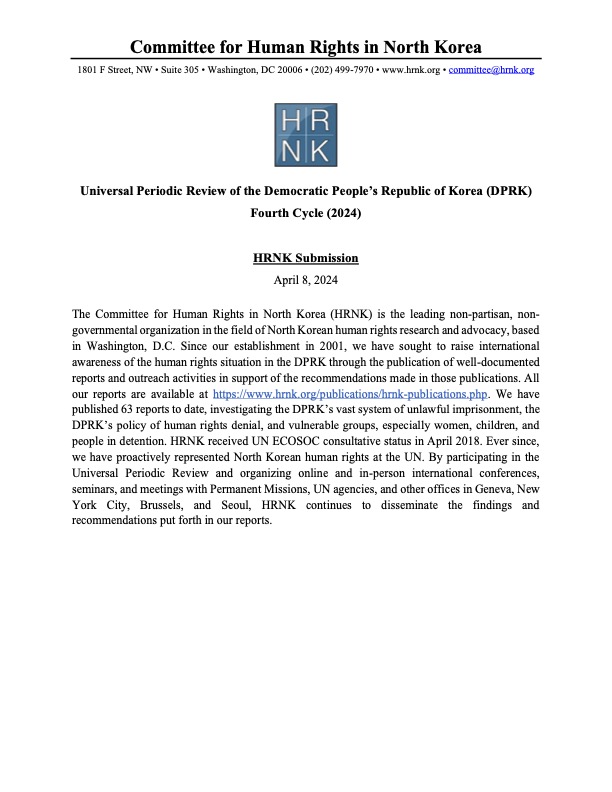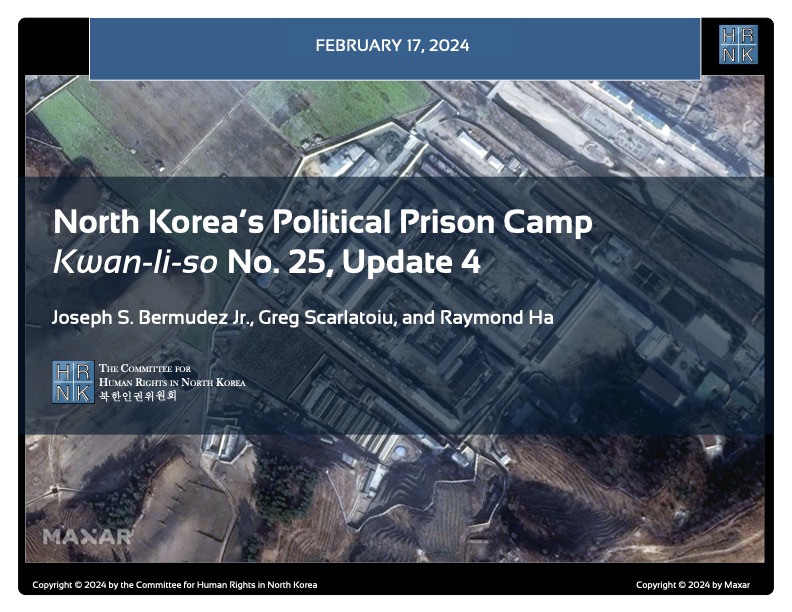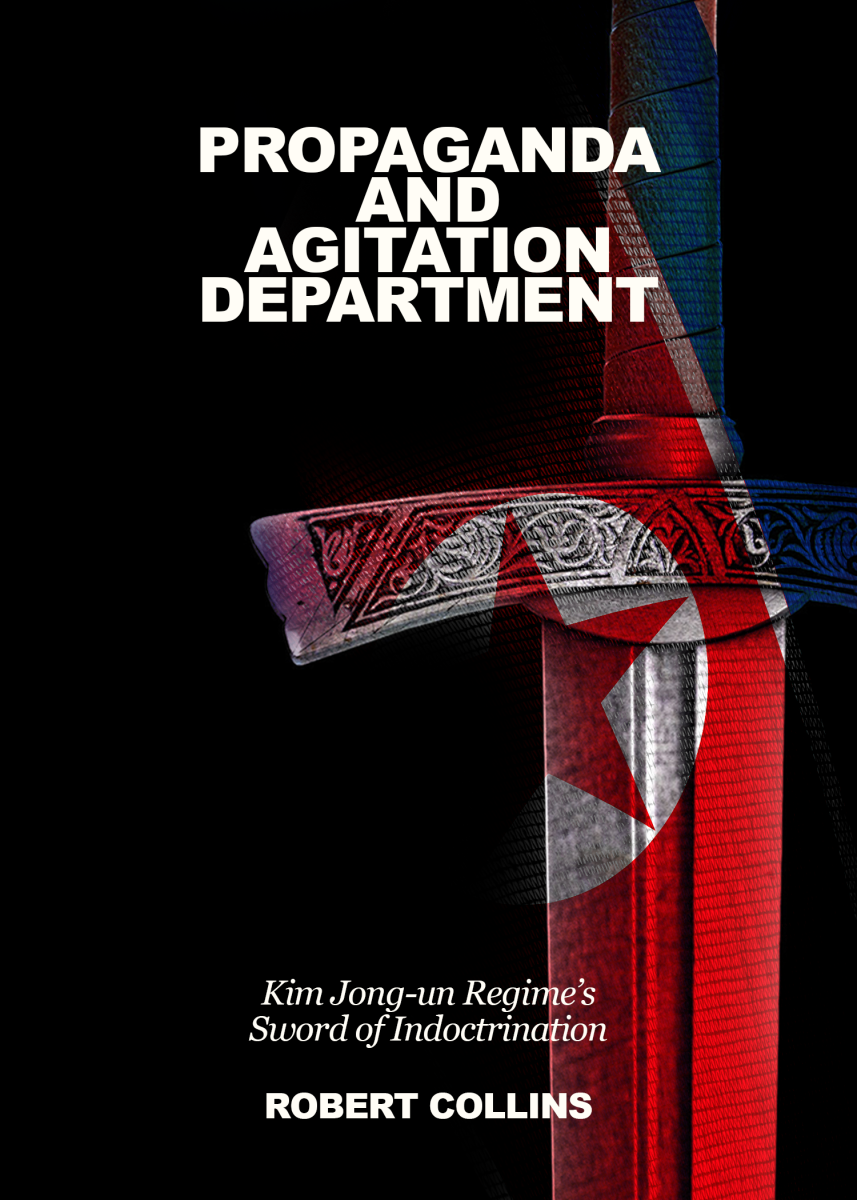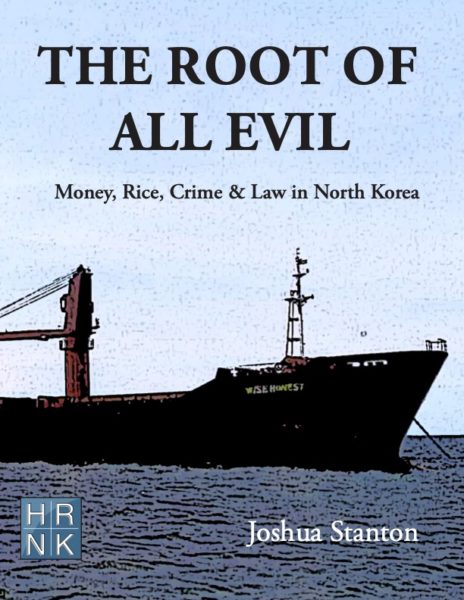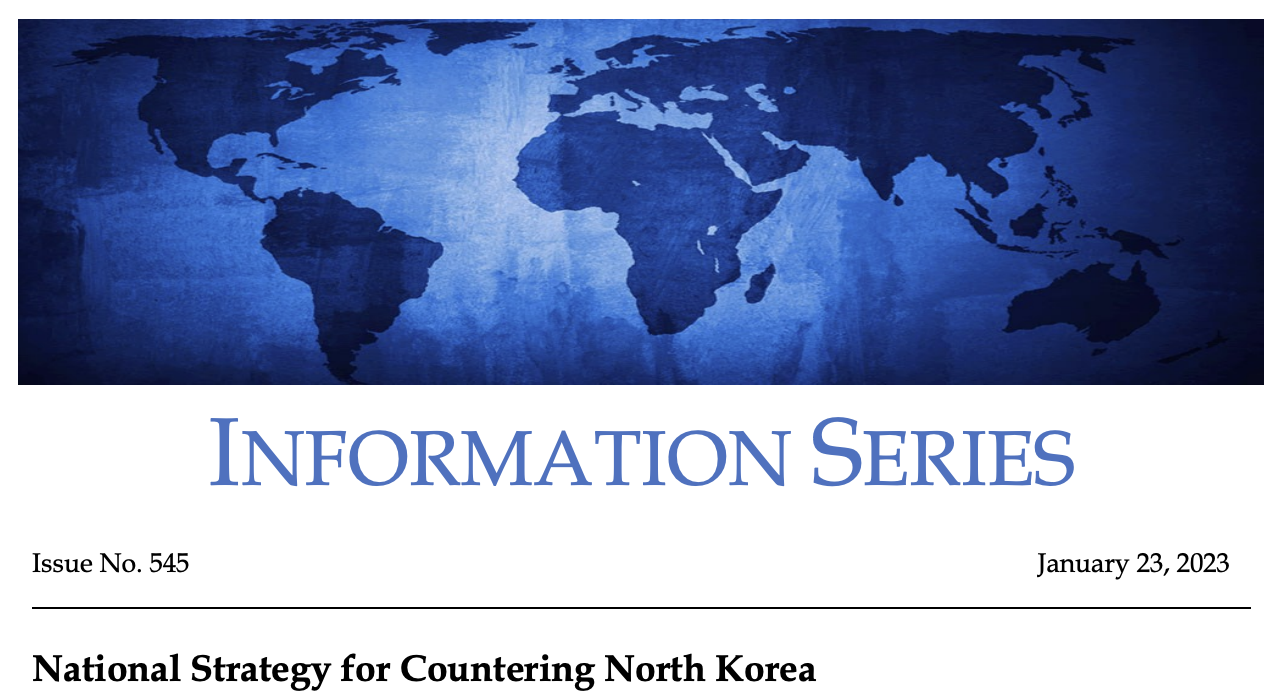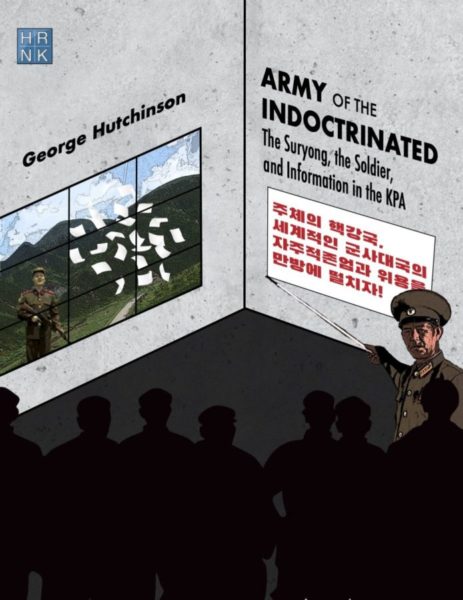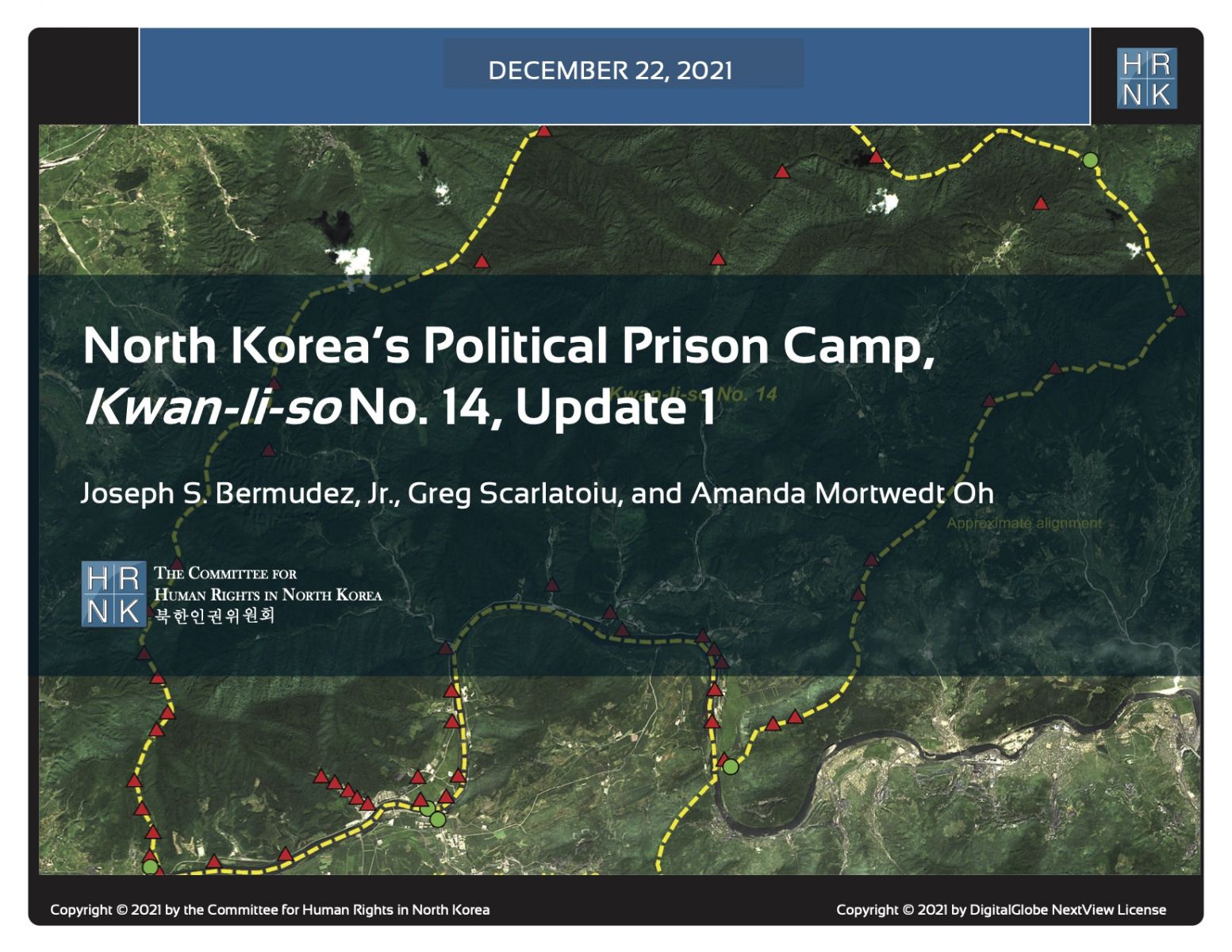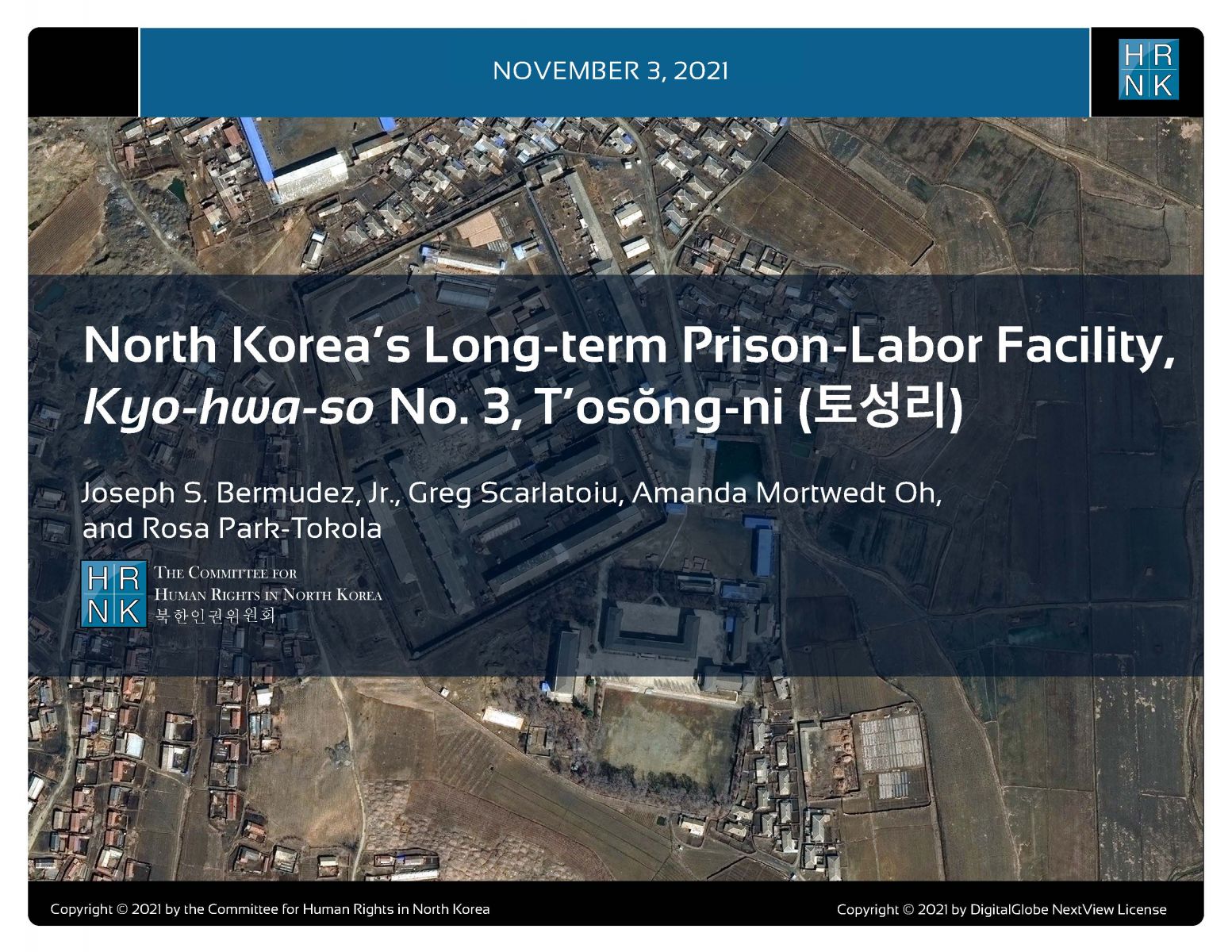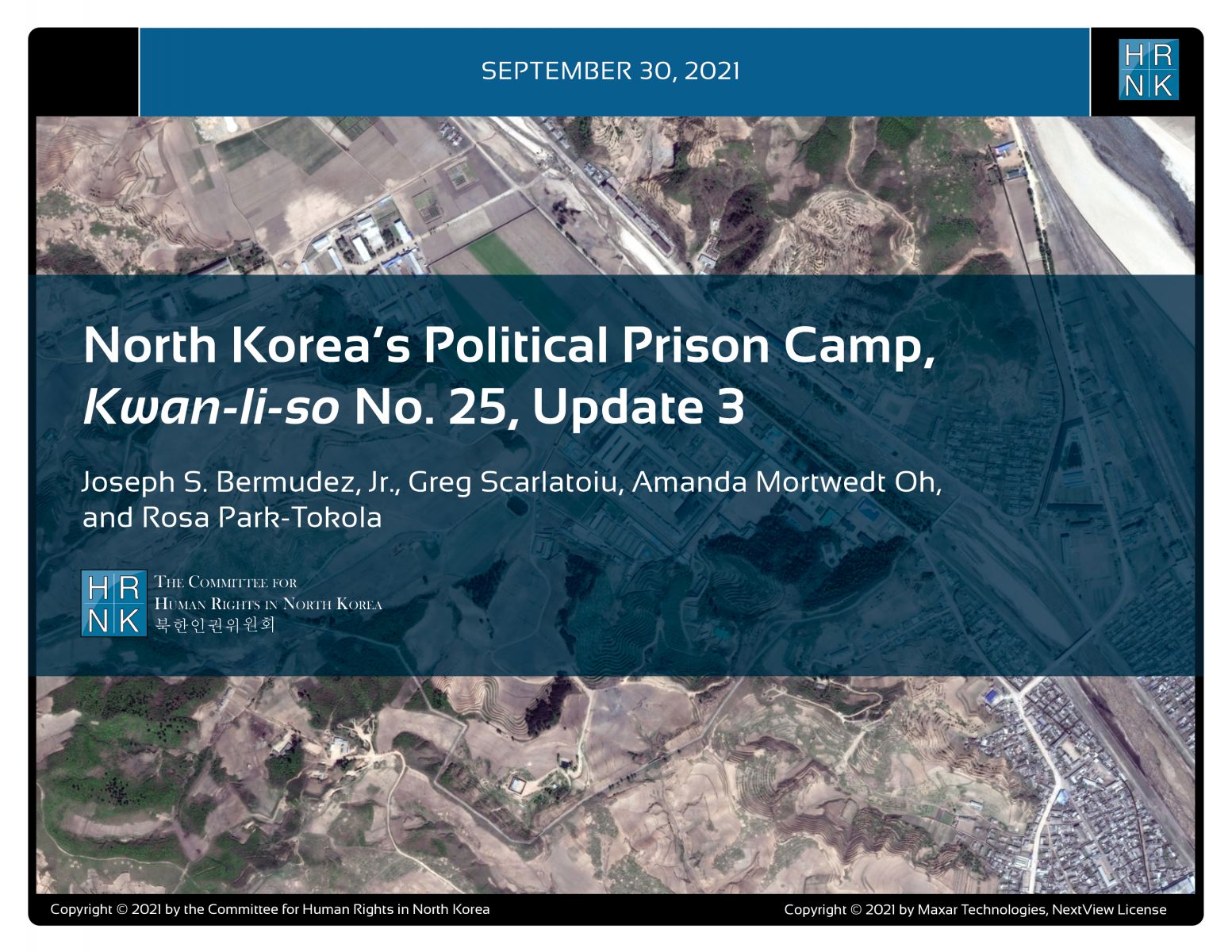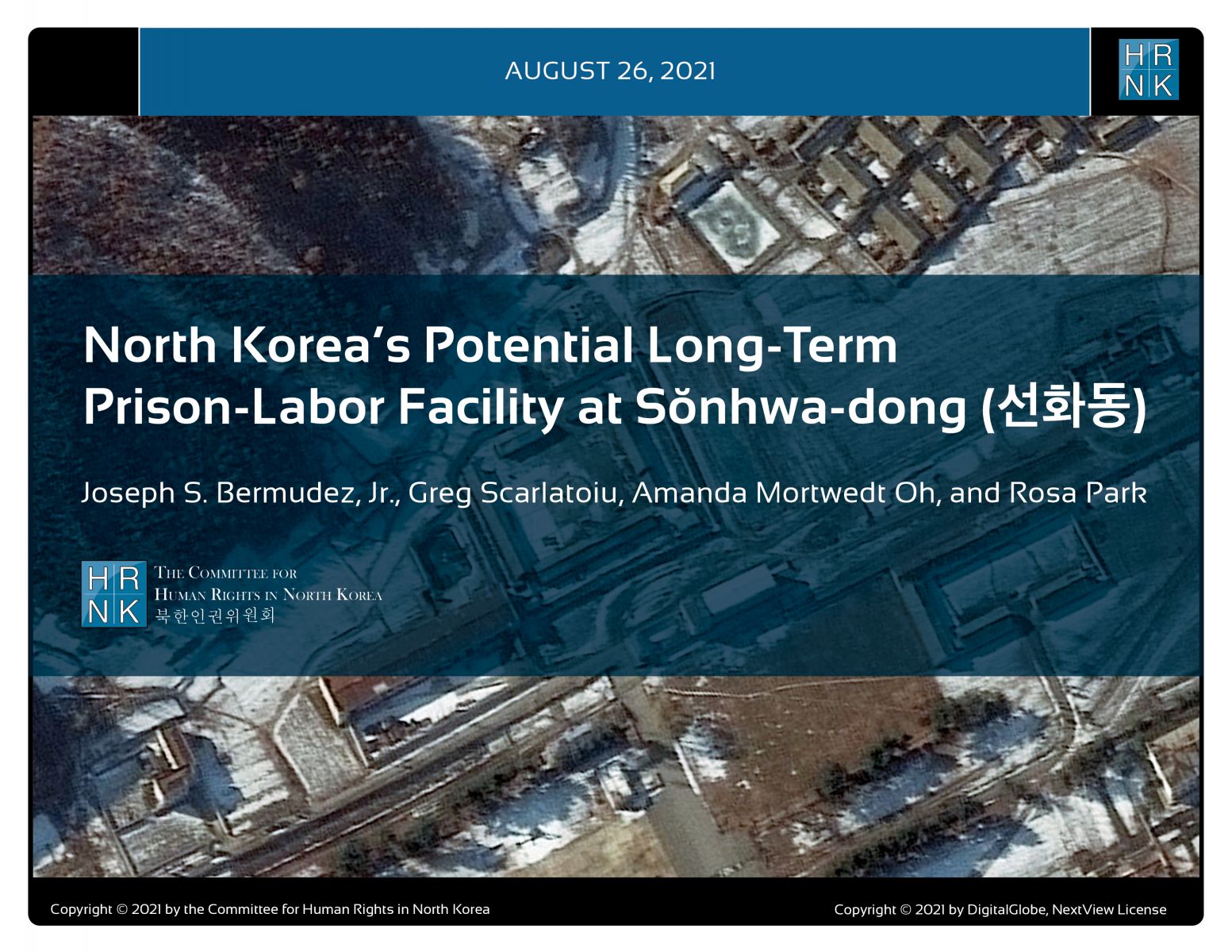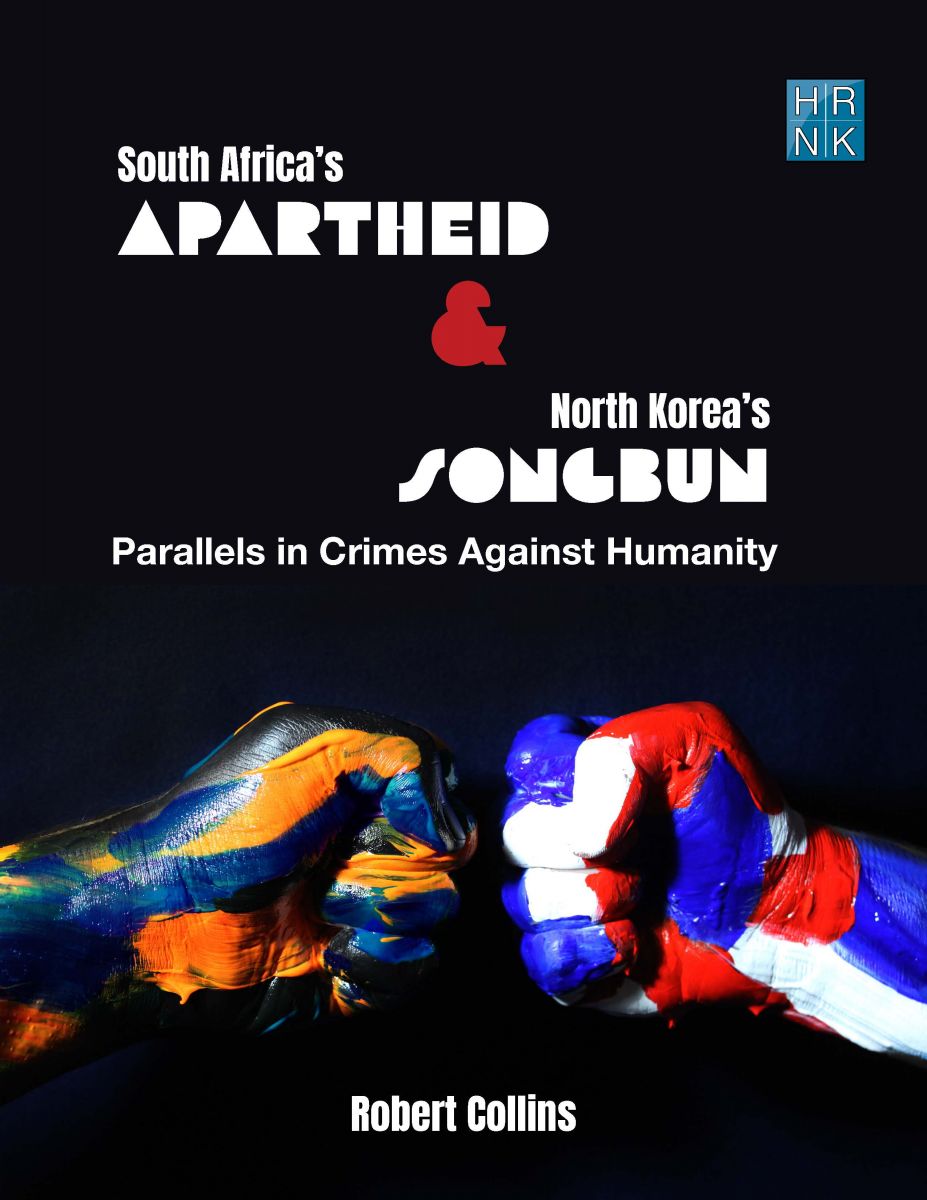PRESS RELEASE
Monday, February 25, 2013
HRNK and DigitalGlobe Launch Report based on Satellite Imagery of North Korea’s Political Prison Camp No. 25
The Committee for Human Rights in North Korea (HRNK), a non-governmental organization based in Washington, D.C., in collaboration with DigitalGlobe (NYSE: DGI), a leading global provider of commercial high-resolution earth imagery products and advanced geospatial solutions, have launched a report entitled North Korea’s Camp No. 25. Political Prison Camp No. 25 (a.k.a. Kwan-li-so No. 25) is located in Susong-dong, Chongjin-si, North Hamgyong Province, on the northeast coast of North Korea. While open-source information on the camp continues to be scarce, the Camp 25 political prisoner population is estimated to be around 5,000.
The report is the third product in a collaborative endeavor by HRNK and DigitalGlobe to create a clear picture of the evolution and current state of North Korea’s political prison camps. The previous two reports examined Camp No. 22, situated in Hoeryong, North Hamgyong Province.
Under the arrangement, DigitalGlobe provides comprehensive analysis of new imagery that it acquires for this project, as well as analysis of older imagery saved in its archives. HRNK combines its own findings and those of DigitalGlobe in the final published reports. HRNK for its part is known for having put North Korea’s penal labor colonies on the map by publishing Hidden Gulag by David Hawk in 2003 and Hidden Gulag Second Edition in 2012.
The research and imagery analysis confirmed that agricultural development, maintenance and construction activities have continued at Camp 25. Between 2009 and 2010, the camp perimeter increased from approximately 3,653 meters to about 5,046 meters, a 37 percent expansion. During the same period, the camp size increased from approximately 565,424 square meters to about 972,270 square meters, a 72 percent increase. While many of the original 20 guard posts detected in 2003 remain standing and operational until the present day, two were added in 2007, four in 2009, and 17 in 2010. In 2010, a new main gate was erected, and two previously separate agriculture fields in the northwest area of the camp were combined and the road between them blocked off, thus enhancing access control and ensuring that ordinary citizens have little or no opportunity to interact with the prison population or use the road adjacent to the camp.
The reasons for the expansion could include: 1. An intensified crackdown on attempted defections, and higher than previously internment of defectors forcibly repatriated from China. 2. The purge begun in early 2009 in conjunction with North Korea’s second hereditary transmission of power, resulting in the imprisonment of those displaced from power, their families and their bureaucratic support groups. 3. The consolidation of North Korea’s political prison camp system, possibly involving the downsizing of some detention facilities such as Camp 22, and the expansion of others, including Camp 25.
“It appears that North Korea’s vast system of unlawful imprisonment may be undergoing an alteration involving the consolidation of some of its political prison camps, and the expansion of others”, said Greg Scarlatoiu, Executive Director of the Committee. Scarlatoiu added, “If a dismantling of some of North Korea’s political prisoner camps and prisoner transfers to expanded facilities are in progress, it is essential to ensure that the North Korean regime does not attempt to erase evidence of atrocities committed at the camps, including the surviving prisoners. HRNK and DigitalGlobe will continue to closely monitor developments at Camp 25 and throughout North Korea’s political prison camp system.”
HRNK’s 2012 report Hidden Gulag Second Edition contains information about North Korea’s political prison camp system, where between 150,000 and 200,000 political prisoners, often three generations of the same family, are being held. It concludes with a “a blue-print” for disabling and dismantling the prison labor camp system. It recommends immediate access to the prison camps by the International Committee of the Red Cross (ICRC) and the World Food Program. It recommends the creation of an international commission of inquiry to investigate North Korea’s breaches of international human rights law and international criminal law, concluding that massive crimes against humanity are being perpetrated in North Korea. It calls on China to allow access by the UN High Commissioner for Refugees (UNHCR) to all North Koreans seeking refuge in China, and calls on the United States, the Republic of Korea and Japan to integrate human rights concerns into any future normalization of political and economic relations with North Korea.
HRNK, established in 2001 by a distinguished group of foreign policy and human rights specialists, seeks to draw attention to human rights conditions in North Korea by publishing well-documented reports and papers, convening conferences, testifying at national and international fora, and seeking creative ways to end the isolation of the North Korean people.
The report North Korea’s Camp No. 25 is available on HRNK’s website: www.hrnk.org
Contact: Greg Scarlatoiu, [email protected]; 202-499-7973
HRNK wishes to credit the role that DigitalGlobe experts are playing in this project, in particular Senior Analyst Joseph S. Bermudez Jr., Research Analyst Micah Farfour, and Publishing Editor Katelyn Amen. HRNK also wishes to thank Curtis Melvin for the advice he provided to HRNK staff and interns, and acknowledges the contributions of David Zeglen (Norwegian University of Science and Technology—NUST) and HRNK Editorial Consultant Rosa Park.
In this submission, HRNK focuses its attention on the following issues in the DPRK: The status of the system of detention facilities, where a multitude of human rights violations are ongoing. The post-COVID human security and human rights status of North Korean women, with particular attention to sexual and gender-based violence (SGBV). The issue of Japanese abductees and South Korean prisoners of war (POWs), abductees, and unjust detainees.
This report provides an abbreviated update to our previous reports on a long-term political prison commonly identified by former prisoners and researchers as Kwan-li-so No. 25 by providing details of activity observed during 2021–2023. This report was originally published on Tearline at https://www.tearline.mil/public_page/prison-camp-25.
This report explains how the Kim regime organizes and implements its policy of human rights denial using the Propaganda and Agitation Department (PAD) to preserve and strengthen its monolithic system of control. The report also provides detailed background on the history of the PAD, as well as a human terrain map that details present and past PAD leadership.
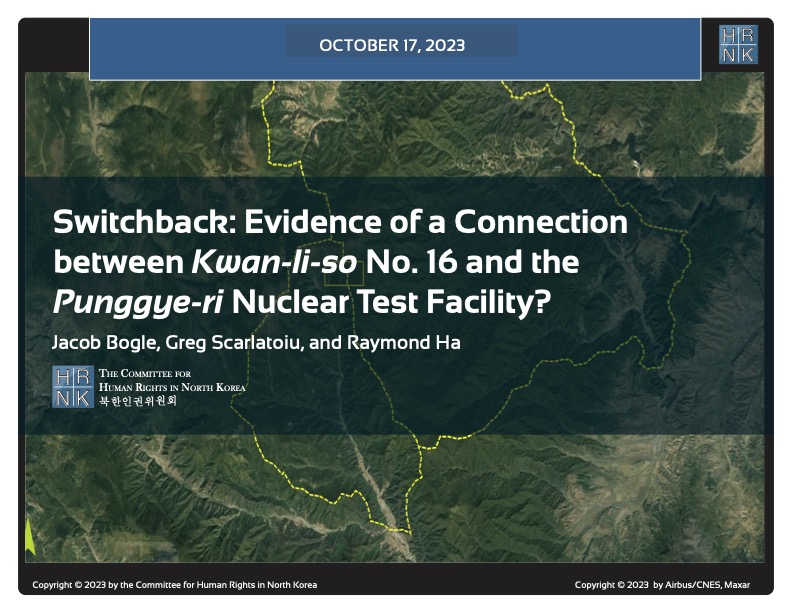
HRNK's latest satellite imagery report analyzes a 5.2 km-long switchback road, visible in commercial satellite imagery, that runs from Testing Tunnel No. 1 at North Korea's Punggye-ri nuclear test facility to the perimeter of Kwan-li-so (political prison camp) no. 16.
This report proposes a long-term, multilateral legal strategy, using existing United Nations resolutions and conventions, and U.S. statutes that are either codified or proposed in appended model legislation, to find, freeze, forfeit, and deposit the proceeds of the North Korean government's kleptocracy into international escrow. These funds would be available for limited, case-by-case disbursements to provide food and medical care for poor North Koreans, and--contingent upon Pyongyang's progress
For thirty years, U.S. North Korea policy have sacrificed human rights for the sake of addressing nuclear weapons. Both the North Korean nuclear and missile programs have thrived. Sidelining human rights to appease the North Korean regime is not the answer, but a fundamental flaw in U.S. policy. (Published by the National Institute for Public Policy)
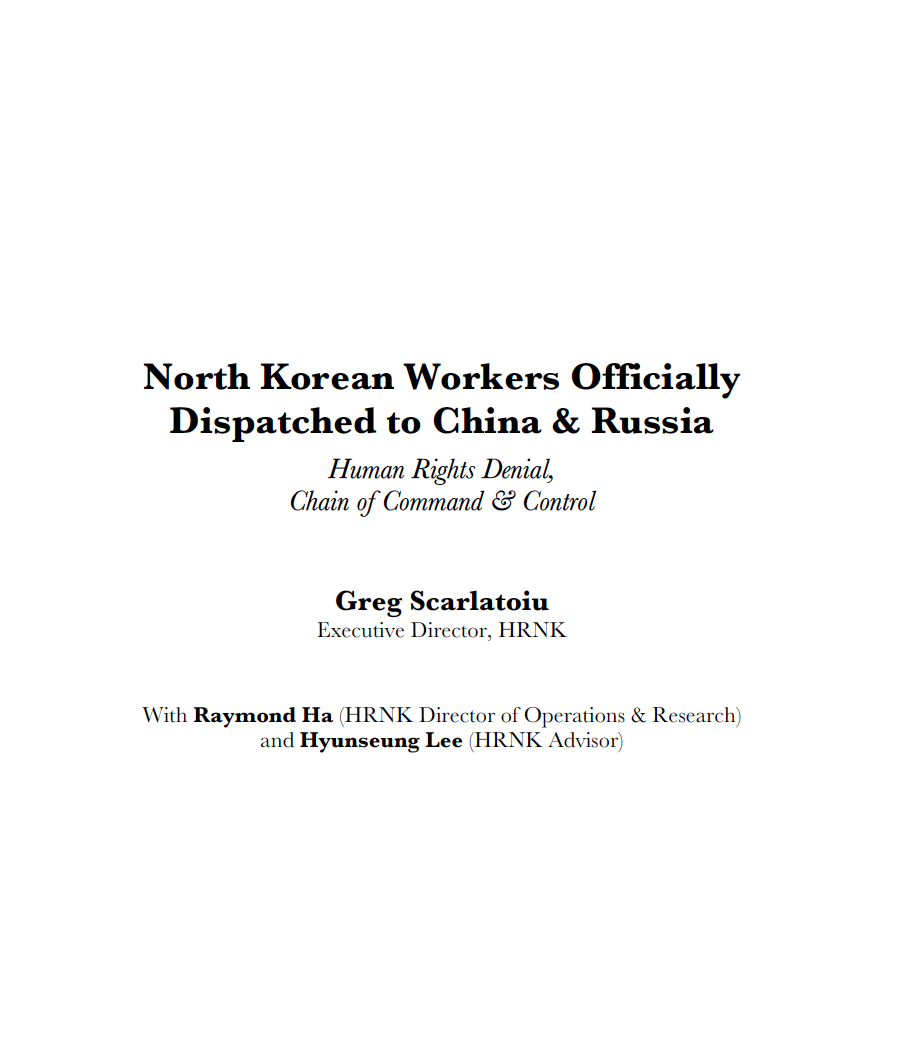
North Korea’s forced labor enterprise and its state sponsorship of human trafficking certainly continued until the onset of the COVID pandemic. HRNK has endeavored to determine if North Korean entities responsible for exporting workers to China and Russia continued their activities under COVID as well.
George Hutchinson's The Suryong, the Soldier, and Information in the KPA is the second of three building blocks of a multi-year HRNK project to examine North Korea's information environment. Hutchinson's thoroughly researched and sourced report addresses the circulation of information within the Korean People's Army (KPA). Understanding how KPA soldiers receive their information is needed to prepare information campaigns while taking into account all possible contingenc
This report is part of a comprehensive long-term project undertaken by HRNK to use satellite imagery and former prisoner interviews to shed light on human suffering in North Korea by monitoring activity at political prison facilities throughout the nation. This is the second HRNK satellite imagery report detailing activity observed during 2015 to 2021 at a prison facility commonly identified by former prisoners and researchers as “Kwan-li-so No. 14 Kaech’ŏn” (39.646810, 126.117058) and
This report is part of a comprehensive long-term project undertaken by HRNK to use satellite imagery and former prisoner interviews to shed light on human suffering in North Korea by monitoring activity at civil and political prison facilities throughout the nation. This study details activity observed during 1968–1977 and 2002–2021 at a prison facility commonly identified by former prisoners and researchers as "Kyo-hwa-so No. 3, T'osŏng-ni" and endeavors to e
This report is part of a comprehensive long-term project undertaken by HRNK to use satellite imagery and former detainee interviews to shed light on human suffering in the Democratic People’s Republic of Korea (DPRK, more commonly known as North Korea) by monitoring activity at political prison facilities throughout the nation. This report provides an abbreviated update to our previous reports on a long-term political prison commonly identified by former prisoners and researchers as Kwan-li-so
Through satellite imagery analysis and witness testimony, HRNK has identified a previously unknown potential kyo-hwa-so long-term prison-labor facility at Sŏnhwa-dong (선화동) P’ihyŏn-gun, P’yŏngan-bukto, North Korea. While this facility appears to be operational and well maintained, further imagery analysis and witness testimony collection will be necessary in order to irrefutably confirm that Sŏnhwa-dong is a kyo-hwa-so.
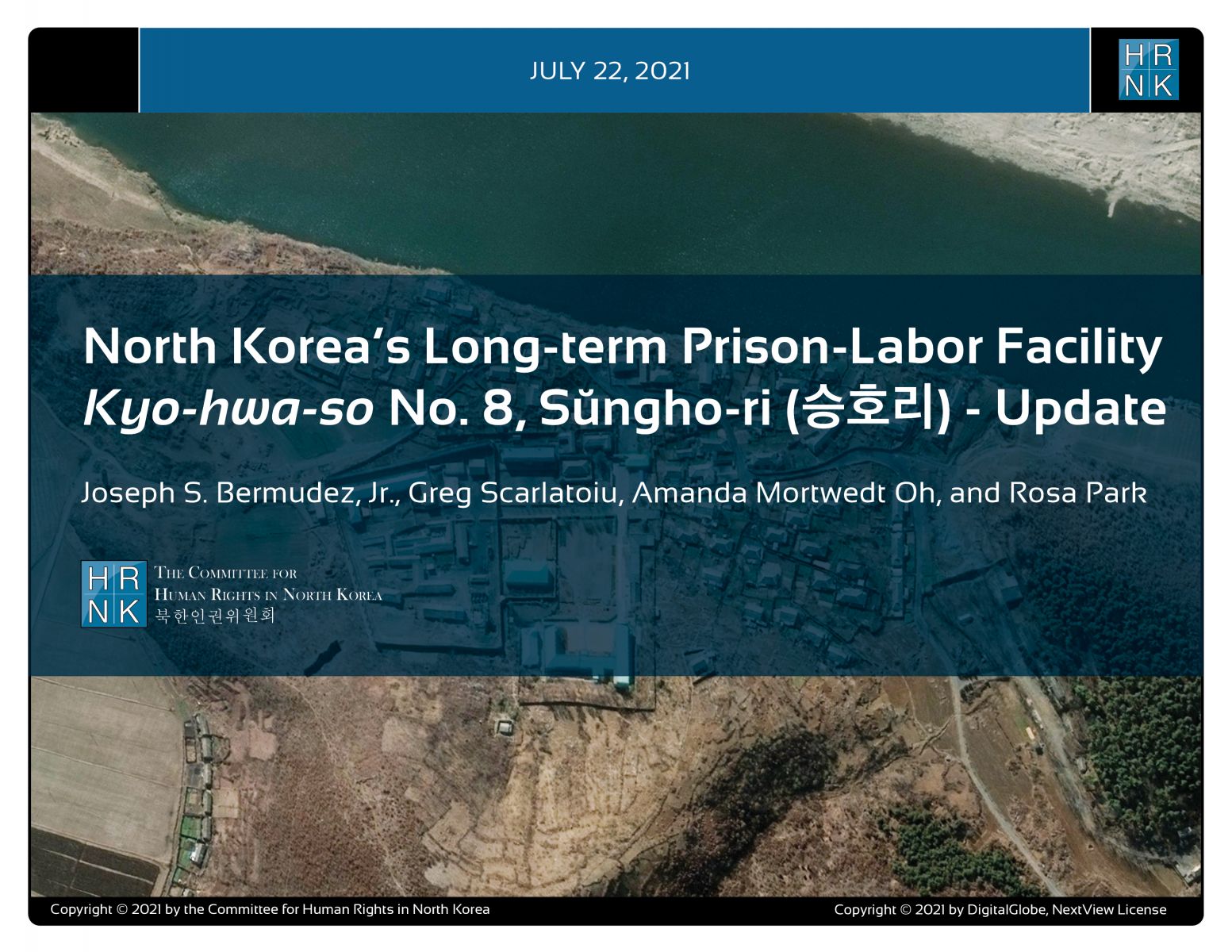
"North Korea’s Long-term Prison-Labor Facility Kyo-hwa-so No. 8, Sŭngho-ri (승호리) - Update" is the latest report under a long-term project employing satellite imagery analysis and former political prisoner testimony to shed light on human suffering in North Korea's prison camps.
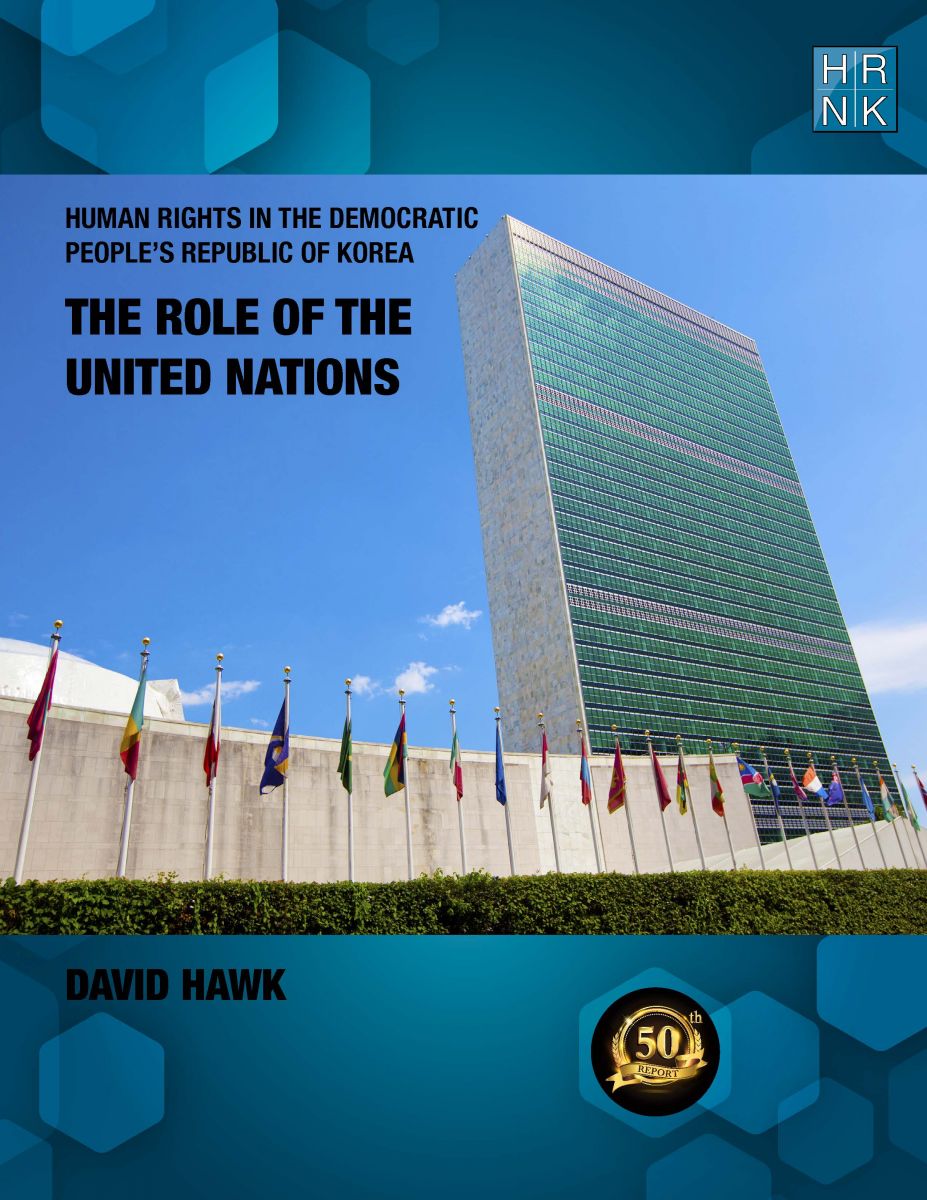
Human Rights in the Democratic Republic of Korea: The Role of the United Nations" is HRNK's 50th report in our 20-year history. This is even more meaningful as David Hawk's "Hidden Gulag" (2003) was the first report published by HRNK. In his latest report, Hawk details efforts by many UN member states and by the UN’s committees, projects and procedures to promote and protect human rights in the DPRK. The report highlights North Korea’s shifts in its approach
South Africa’s Apartheid and North Korea’s Songbun: Parallels in Crimes against Humanity by Robert Collins underlines similarities between two systematically, deliberately, and thoroughly discriminatory repressive systems. This project began with expert testimony Collins submitted as part of a joint investigation and documentation project scrutinizing human rights violations committed at North Korea’s short-term detention facilities, conducted by the Committee for Human Rights
